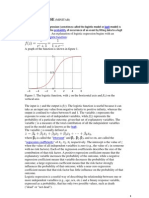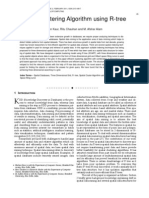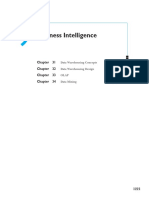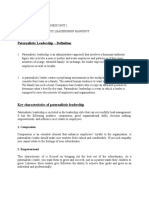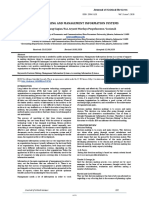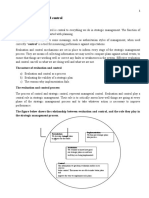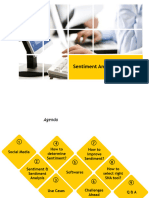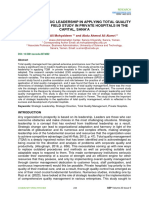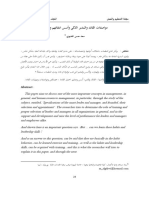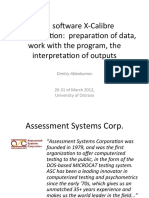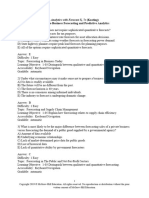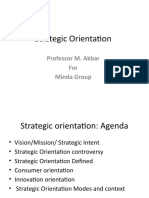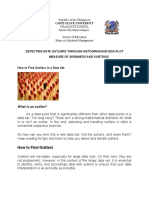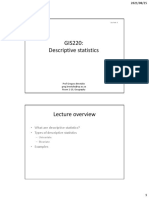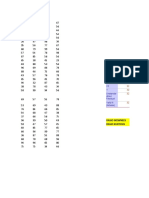0% found this document useful (0 votes)
244 views14 pagesAgile Leadership Analysis
1. The document describes the demographic profiles and leadership styles of 159 respondents in terms of age, gender, civil status, years of experience, and position.
2. Manager's agile leadership is described based on principal component analyses of how they set direction and execute tasks. Key aspects of setting direction include having clear tasks, strategies, techniques, balanced decision making, and effective communication.
3. Executing tasks involves implementing plans, monitoring progress, adapting to changes, and ensuring quality work through supervision and motivation.
Uploaded by
Lenar Dean EdquibanCopyright
© © All Rights Reserved
We take content rights seriously. If you suspect this is your content, claim it here.
Available Formats
Download as DOCX, PDF, TXT or read online on Scribd
0% found this document useful (0 votes)
244 views14 pagesAgile Leadership Analysis
1. The document describes the demographic profiles and leadership styles of 159 respondents in terms of age, gender, civil status, years of experience, and position.
2. Manager's agile leadership is described based on principal component analyses of how they set direction and execute tasks. Key aspects of setting direction include having clear tasks, strategies, techniques, balanced decision making, and effective communication.
3. Executing tasks involves implementing plans, monitoring progress, adapting to changes, and ensuring quality work through supervision and motivation.
Uploaded by
Lenar Dean EdquibanCopyright
© © All Rights Reserved
We take content rights seriously. If you suspect this is your content, claim it here.
Available Formats
Download as DOCX, PDF, TXT or read online on Scribd
/ 14
